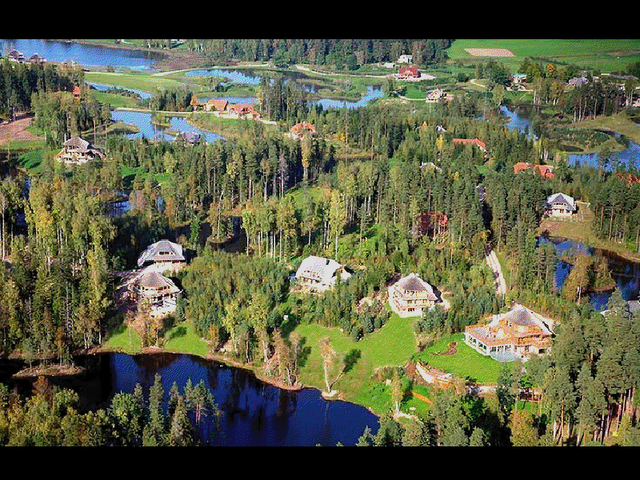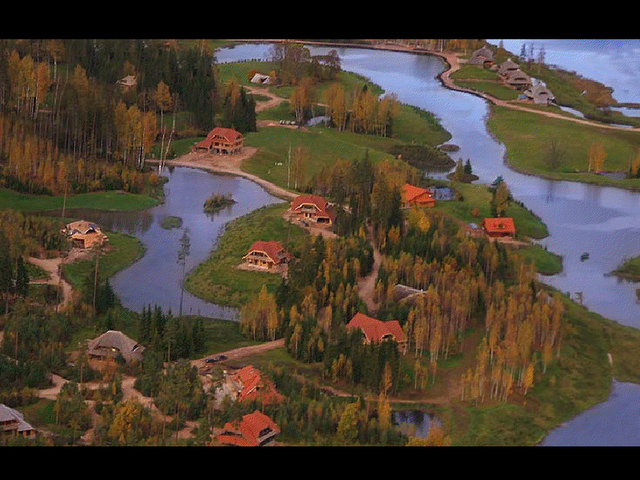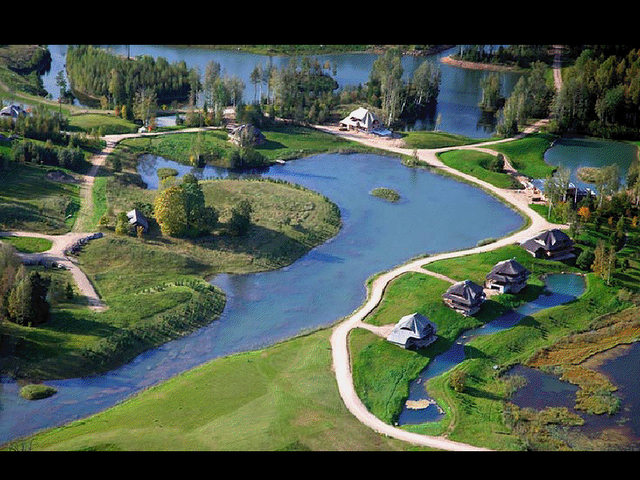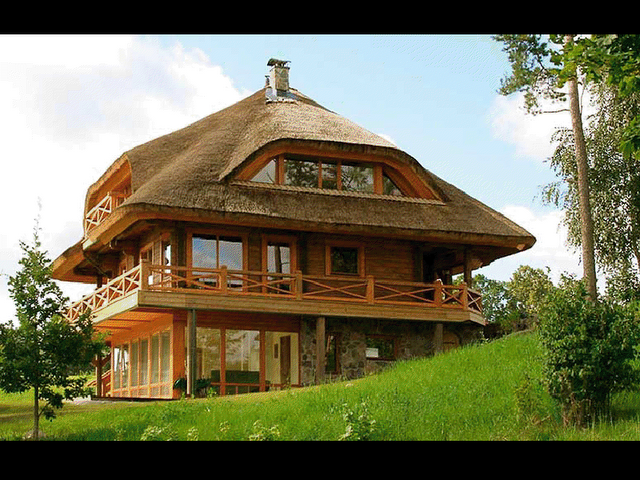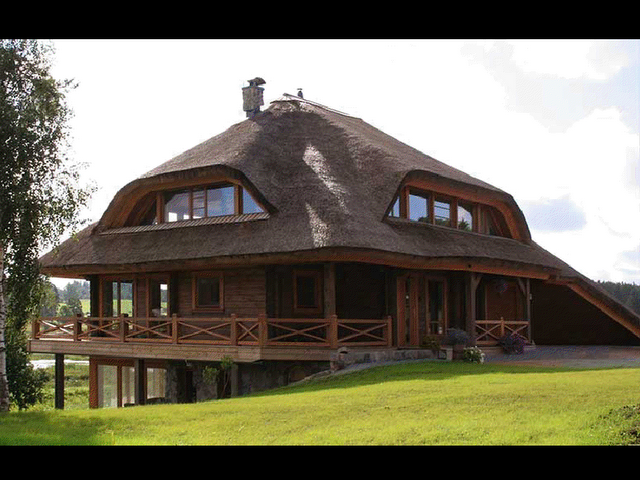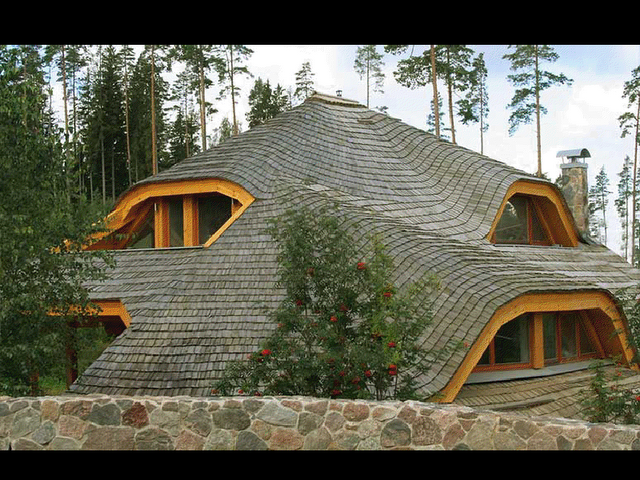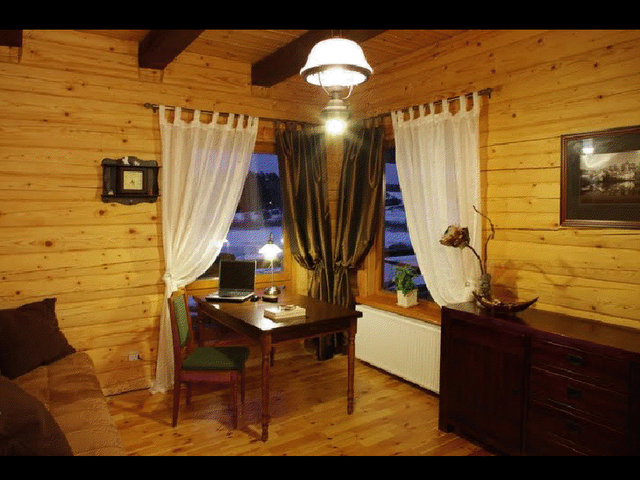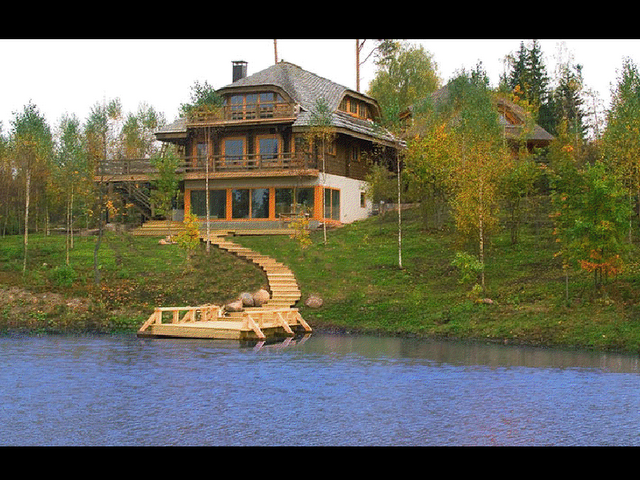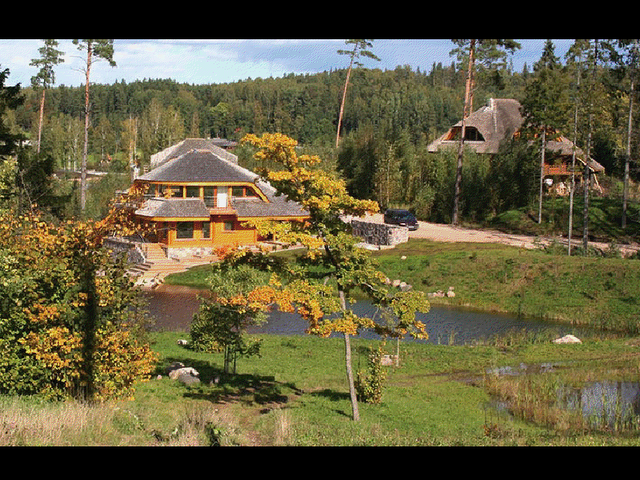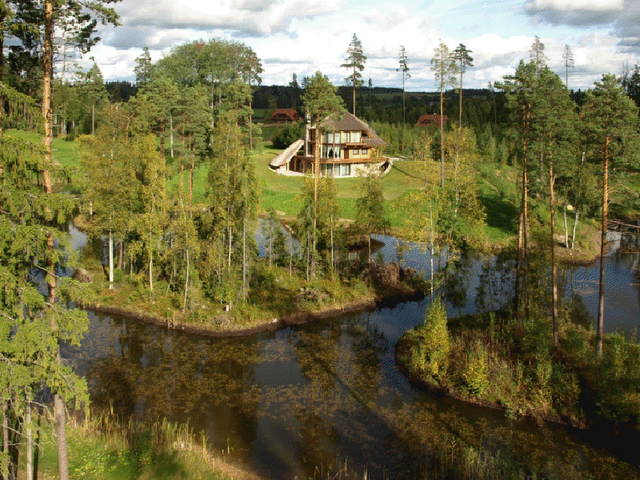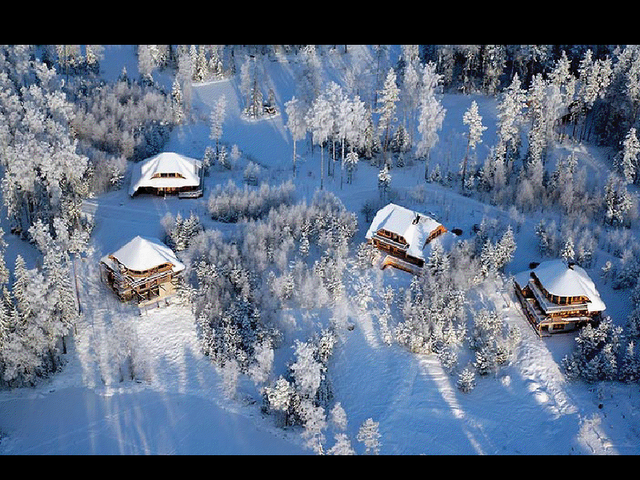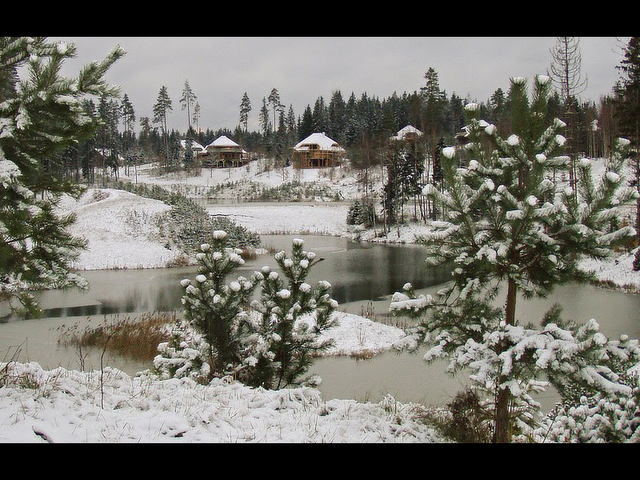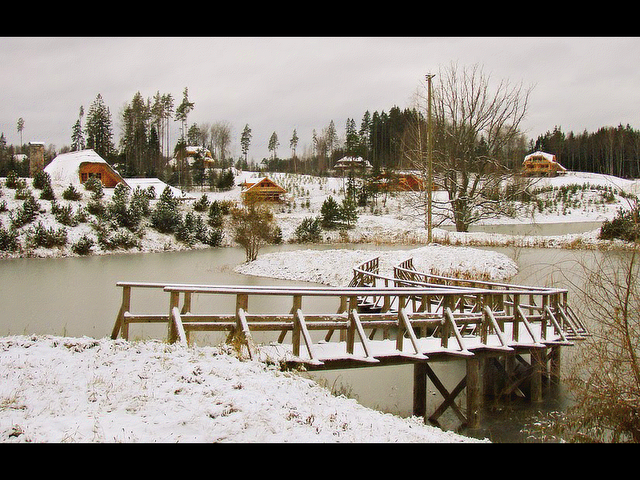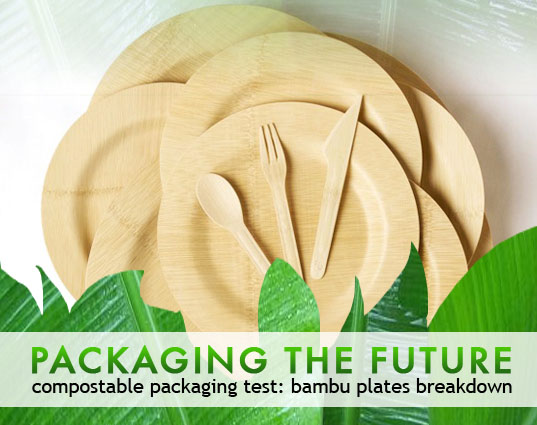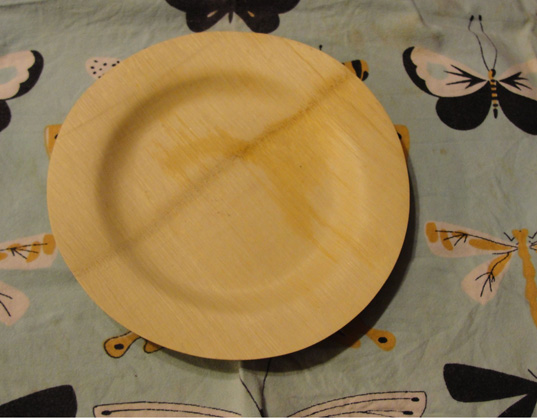|
Labels
- Architecture
- Art
- Politic
- Archaeology
- Music+video
- Wonder
- Architecture-Interior
- ENVIRONMENT
- Strange Architecture
- Design
- Ecology
- MYTH AND COINS
- Design Art
- Energy
- Travel
- Ethnic
- conspiracy
- POETRY
- Michael Balaroutsos Projects
- Short films
- Biography
- Guest Post
- Mystery
- Antropology
- CINEMA
- Criticism
- MATERIAL
- Naval Architecture
- SCIENCE
- Vestiario
- Astronomy
- Decoration
- 2012's Top Moments in Architecture
- Kristie.lewis
- MY CITY
- Maggazine
Pages
Monday, November 15, 2010
A letter for me.but i think for all Bloggers
Carl Sagan on the great library of Alexandria
Alexandreias Library
Carl Sagan on the great library of Alexandria
The grand new Bibliotheca Alexandrina reminds us of the glory of the famous ancient Library of Alexandria, which was much more than a repository for books but a university and teaching hospital, writes Samir Sadek. The following article is from the Egyptian Weekly, Al Ahram, at http://weekly.ahram.org.eg/2003/668/he1.htm
The late American astrophysicist Carl Sagan reconstructed the ancient Library of Alexandria, the Mouseion, for his TV series Cosmos. He strolled through this replica of the ancient building, depicting some of the events that took place there. "This legendary library was the mind and glory of the greatest city on earth, and was the first centre for scientific research in the history of the world," he told the audience. "In this Mouseion lived a community of scientists who discovered the sciences of physics, linguistics, medicine, astronomy, geography, philosophy, mathematics, biology and geology. Here scientific studies reached adulthood. Here genius flourished. Here in the Library of Alexandria were the first serious trials to understand the world."
Sagan was right. The torch of science that sparkled at the Library of Alexandria between the fourth century BC and the fourth century AD was its greatest and most enduring achievement.
When the Mouseion was commissioned by Ptolemy I Soter, successor to Alexander the Great, in around 300 BC, it was to be divided into schools similar to modern university faculties. After some time the books it held grew so great in number that a second, or "daughter", library was built some distance away below the Temple of Serapis. However, the main collection of books was still held at the Great Library in the Mouseion, which was most probably situated well inside the Brucheum, the royal quarters near the shore which are now at least partly submerged. Appropriately enough, this would have been quite near the new Bibliotheca Alexandrina.
The Great Library contained several hundred thousand papyrus and vellum scrolls, including 123 plays by Sophocles and others by Aeschylus and Euripides. It contained a history of the world from the time of the Biblical Flood written by Prossos, a Babylonian monk. Prossos dated the Flood to 433,000 years before his time, which is about ten times the calculation made in the Old Testament.
In its later years, the Mouseion had an important faculty of philosophy. Early on it adopted the philosophy of the Peripatetics, and later that of the Stoics. Platonius started the school of Neoplatonism, later presided over by Hypatia, the daughter of Theon, the last director of the Mouseion and a brilliant mathematician. Hypatia was cruelly lynched by a rabble of monks in 415 AD. With her murder the torch of philosophical knowledge was extinguished until it was rekindled by Muslim scientists and translators between the ninth and 12th centuries.
Names like Al-Hazen and Henein Ibn Ishaq should be emphasized in this context. Without their contributions to science, Europe would have lived in darkness for a very long time.
In the fields of mathematics and geometry, Euclid (300 BC), in his book The Elements, laid the foundations of mathematics, geometry and mathematical logic. His teachings were still taught up until the 20th century. In time, The Elements was translated into many languages and it is said that after reading the book, the great thinker Isaac Newton was changed forever. In the 20th century another form of geometry was innovated. We now have Euclidean and non- Euclidean geometry.
Archimedes (287-212 BC) spent a good part of his life at the Mouseion, and is considered one of the three greatest mathematicians of all time (Newton and Gauss being the other two). Archimedes added profusely to Integral Calculus, and also laid the foundations of Differential Calculus. He discovered the laws of governing the relation between a sphere and its surrounding cylinder and the measurement of the surface area of a ball. Through his discovery of the rule of floating and sinking objects it became possible to study specific gravity. He also discovered the laws of levers, and determined a more accurate value for ©, the number that identifies the relationship between the circumference and diameter of a circle.
There are many fictitious stories about this great mathematician. In one he was supposed to have run naked in the streets shouting "Eureka!" (I have found it) after jumping into a bath and discovering the laws of flotation and sinking. In another, he is said to have burnt an enemy fleet by means of concave mirrors. In addition, it is said that he claimed in front of King Heron I of Syracuse, "Give me a proper place and I can move the earth (using levers)."
Eratosthenes (276-195 BC) created the "sieve of Eratosthenes" which is still used to find primary figures. This man's great achievements, however, will be mentioned later. Apollonius (262-190 BC) studied the cone sections (parabola, ellipse and hyperbola) which later helped the German astronomer Johannes Kepler identify the orbits of the planets.
In medicine Herophilus (335-280 BC), considered the father of anatomy, laid down the scientific bases of medicine. He proved that the brain and not the liver or the heart was the cause of feelings and emotion. He also described and named the duodenum and the prostate. He laid down the basics of gynecology and said that the menses was not a disease but a normal condition. He measured the pulse, and described the thick membranes (dura mater) that cover the brain, and gave his name to a part of it (torcular herophili). Herophilus also described a part of the cerebellum and called it calamus scriptorius, because it looked like a writing pen (the word calamus reminds us of the Arabic word qalam, which means pen, and of the Greek word for squid, calamari, which spurts ink when attacked).
Erasistratus (276-195 BC), known as the father of physiology, described the nervous system and the epiglottis. He also identified, described and named the tricuspid valve of the heart.
In the field of geography, Eratosthenes proved the earth was spherical and measured its circumference by an ingenious but quite simple method. His calculation was within one per cent of the present measurement. He noticed that at noon on 21 June of each year, the sun was vertical at Cyene (now Aswan). At that exact time, the tall obelisks of Cyene did not cast shadows and one could see the sun reflected on the water in deep wells. He assumed that the rays of the sun traveled in parallel paths and that, if the earth was flat, then a planted vertical stick in Alexandria would also fail to produce a shadow. But to his surprise the stick in Alexandria did cast a shadow. >From the angle of the shadow and the distance between Alexandria and Cyene he calculated the circumference of the earth. This achievement was his ticket to greatness. Following his discoveries, maps were drawn in a spherical form, allowing later navigators to sail round the world.
Hipparchus (190-125 BC) defined latitude and longitude. Claudius Ptolemy (85-165 AD -- no kin to the governing dynasty) added many details to the geography of the earth in his book, translated in Arabic as Al-Majesty. Yet most of the work of Ptolemy was copied directly from the books of other scientists. Newton would later described this plagiarism very frankly, calling it "an immoral crime committed against his colleagues and against science".
Eratosthenes compiled one of the first histories that was not colored by superstition and legend.
Pappus (circa 320 AD) wrote his famous book Synagogue (meaning "conference", not the Jewish temple) in which he outlined the history of the Mouseion and its scientists.
In Astronomy, Aristarchus of Samos (310-230 BC) was the first astronomer to prove heliocentricity (as against geocentricity). He was persecuted by the religious authorities, who refused to believe that the earth and planets circled the sun and not the other way around. This theory was later proven again by the Polish astronomer Nicolaus Copernicus. Copernicus admitted in his early writings the effect of Aristarcus's work on his thinking, but later failed to mention it.
Hipparchus (190-125 BC) added a great deal to the science of astronomy. He measured accurately the distance between the earth and the moon. He vigorously attacked the astrologists, but he was also a supporter of geocentricity. The scientist Heron achieved many technological innovations. He invented a fire extinguishing machine, a coin slot machine and water vapour machine. Archimedes invented the screw named after him (al-tamboor) which is still in use in Egypt. Ptolemy Dionesius laid down the foundation of linguistics.
This is a only a brief summary of the achievements of the great Library of Alexandria. It is a sad fact that our historians ignore this glorious phase in the history of Egypt, whereas all over the world a great number of societies -- 26 up to now -- collectively called Friends of the Library of Alexandria (the Bibliotheca Alexandrina), have shown a universal interest in this old institution.
As Carl Sagan said "It was an experiment that had to wait for a thousand years to be repeated."
The beauty of nature and Architecture- Amatciems LATVIA
Amatciems LATVIAAll architects around the world when it comes to design a project, take into account everything in the surrounding area.The mother earth is what guides the hand of each architect designer to marry her gifts with our own needs.Based on the experience and wisdom of each region, which stems from the mores of the inhabitants, the composition of the area with the construction should give us a picture of a painting.Somewhere in Latvia, just above RIGA, in Amatciems, nature does art in itself.The touches of architect tied the image, making a unique project that will envy of all the Landscapers of the past.Please let us travel image itself and to dream our own presence in it, like a fairy tale.!!Michael BalaroutsosArchitecture
Amatciems Irbites in Latvia
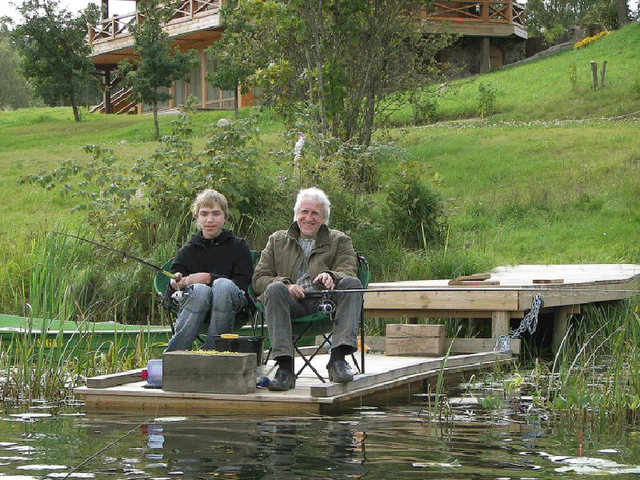 |
| I think I do visit them. Who will escort; |
Amatciems Irbites in Latvia
Netherlands National Automobile Museum Opens
eVolo
Netherlands National Automobile Museum Opens / Michael Graves & Associates
By: admin | November - 9 - 2010

Michael Graves & Associates,
architects of more than 350 major buildings around the world, have just
finished work on The Louwman Collection, the National Automobile Museum
of the Netherlands. The project was designed by MGA Principal and
Studio Head Gary Lapera, AIA.
Speaking of the firm’s interest in museum design, Founding Principal
Michael Graves remarks, “For an architect, museums are certainly among
the most gratifying commissions one can receive—they give you a chance
to contribute to cultural history and to the public’s shared experience
of that history. We’ve been fortunate to have designed a variety of
museums over the years.” Says Gary Lapera, “In designing this particular
museum, we were greatly influenced by the character of the historical
and physical context, and endeavored to give this institution a presence
with a unique sense of place.”
The 185,000-square-foot building contains temporary and permanent
exhibition galleries, a reception hall, conference facilities, an
auditorium, food service facilities, and workshops for conservation and
repair of cars. A gift to the people of the Netherlands, the Louwman
Collection is a public showcase of selections from collector Evert
Louwman’s extraordinary vintage automobile collection. In addition, the
National Automobile Museum of the Netherlands is home to the world’s
largest collection of automotive art.
The museum’s simple design vocabulary and massing compliment its
historic surroundings: located on a sensitive site near the Queen’s
Palace in beautiful Den Haag. Steeply sloped peaked roofs and dormers,
characteristic of traditional Dutch architecture, give the building’s
exterior the visual aspect of a typical pre-modern carriage house, while
breaking down the scale of the overall composition to be sympathetic to
a nearby residential district. The brickwork of the facades, laid in a
basket-weave pattern interspersed with projecting bricks, creates
textural interest within the otherwise planar surfaces, and is
complemented by bluestone detailing and slate roofs. Inside, the Great
Hall—a large barrel-vaulted space—creates an east-west spine through the
building, separating the double-height volume of the exhibit area from
the lower-scaled U-shaped public spaces that define the entry court.
To the rear of the site, a small octagonal pavilion used as a special
gallery is located along the axis of an existing allée of trees in
Haagsche Bos park. A quiet, contemplative space well suited to its site,
the pavilion gracefully exerts a formal but tranquil presence on its
serene setting.
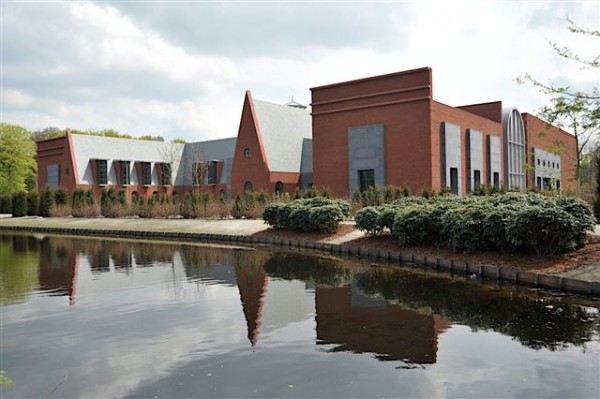
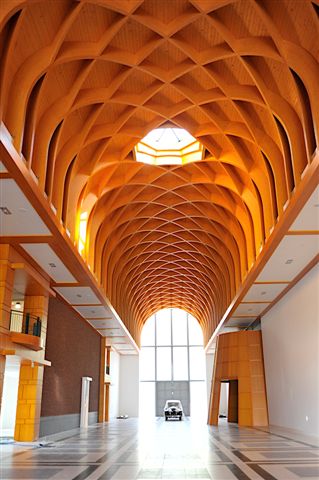

Packaging-the-future
Compostable Packaging Test: Bambu Plates Breakdown
This week we’re thrilled to bring you the latest installment of our Packaging the Future compost tests, where we break down the real-life biodegradability of eco packaging. Although I started this series expecting less than stellar results (what with all the nay-saying regarding biodegradable packaging), I am now pleasantly surprised to say that we are two for two! This week we put the compostable Bambu brand bamboo plate to the test and found that it really does break down quite nicely - hit the jump for our in-depth report!
I took the above picture on July 8, 2010, just a few minutes before I added the plate to my backyard compost (which, as previously detailed, is far from ideal; I pretty much just throw my kitchen scraps and other compostables on the pile and mix it up with leaves and other garden detritus. I’m not a hard-core composter, so this test is imperfect in that there would be different results if one were to try it in a more well-turned, ventilated, balanced and paid-attention-to compost heap.
However, my admittedly haphazard approach to composting has an advantage, which is to show what would likely happen if any of the materials I am testing makes its way into the environment (in other words, becomes litter). Because, after all, unless someone is composting in their backyard like me, or has compost pickup in their city (like Seattle, San Francisco and London), most compostables end up in the landfill, where, due to the lack of oxygen, they won’t break down. The anaerobic conditions disallow bacteria, molds and insects to do their important work, and so even the most biodegradable stuff in the world will remain intact for decades (cue 30 year-old bananapeels).
Pages: 1 2 3 4
read more
http://inhabitat.com/2010/11/11/compostable-packaging-test-bambu-plates-breakdown/
read more
http://inhabitat.com/2010/11/11/compostable-packaging-test-bambu-plates-breakdown/
Read more: Compostable Packaging Test: Bambu Plates Breakdown | Inhabitat - Green Design Will Save the World
Subscribe to:
Posts (Atom)


